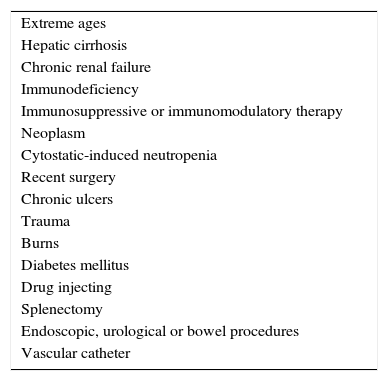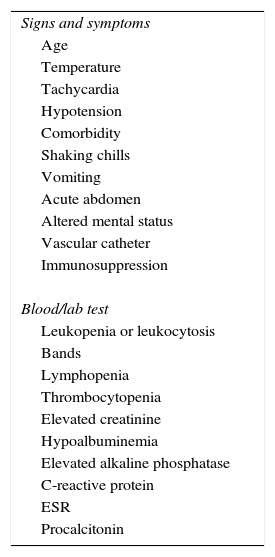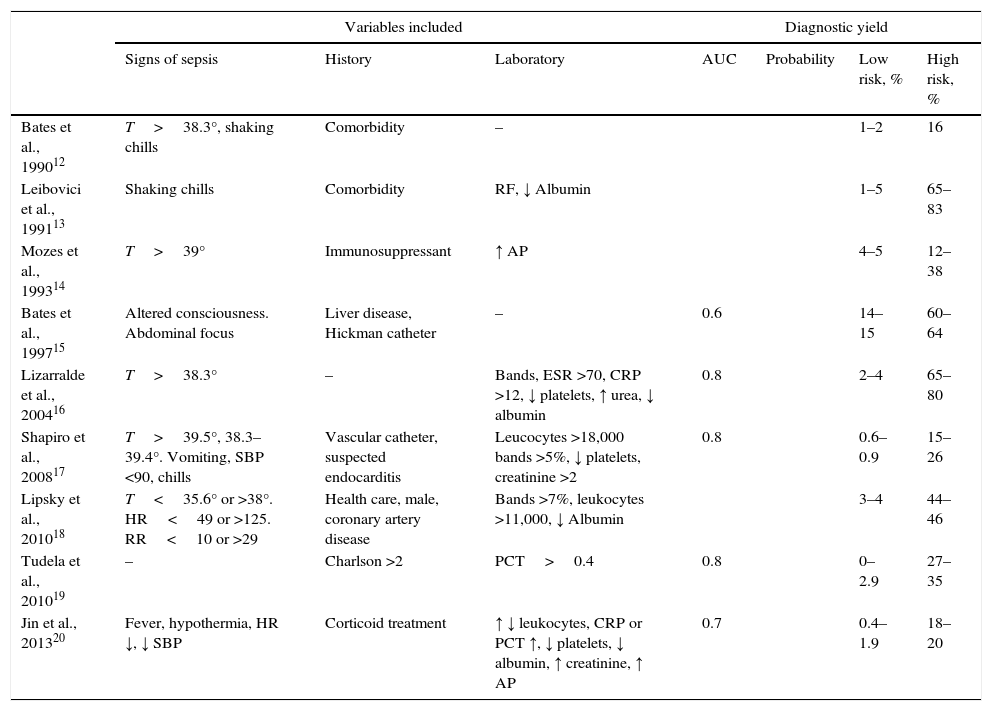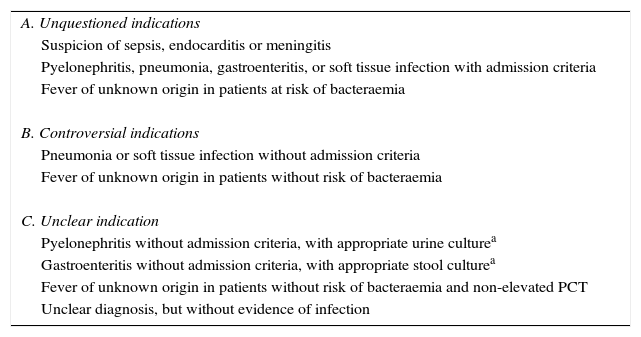Journal Information
Vol. 146. Issue 10.
Pages 455-459 (May 2016)
Share
Download PDF
More article options
Vol. 146. Issue 10.
Pages 455-459 (May 2016)
Special article
Blood cultures in the emergency department: Do we need a new approach?
Hemocultivos en los servicios de urgencias, ¿hacia un nuevo enfoque?
a Unidad de Corta Estancia-Observación de Urgencias, Hospital Universitario Germans Trias i Pujol, Badalona, Barcelona, Spain
b Servicio de Microbiología, Hospital Universitario Germans Trias i Pujol, Badalona, Barcelona, Spain
c Centros de Investigación Biomédica en Red (CIBER), Instituto de Salud Carlos III, Madrid, Spain
Article information
These are the options to access the full texts of the publication Medicina Clínica (English Edition)
Subscriber
Subscribe
Purchase
Contact
Phone for subscriptions and reporting of errors
From Monday to Friday from 9 a.m. to 6 p.m. (GMT + 1) except for the months of July and August which will be from 9 a.m. to 3 p.m.
Calls from Spain
932 415 960
Calls from outside Spain
+34 932 415 960
E-mail










